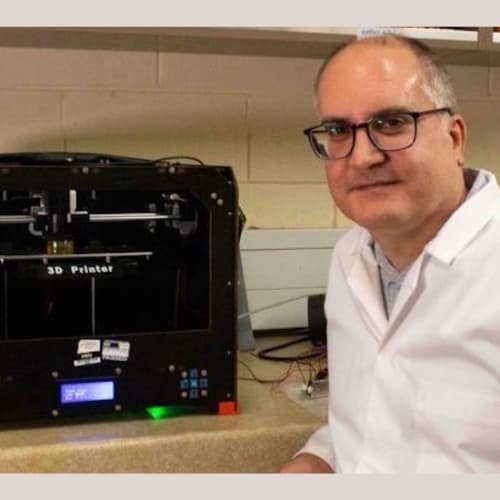Scientists in Edinburgh have developed a new 3D-printing technique that could have a huge impact on manufacturing.
Researchers at Heriot-Watt University in Edinburgh, led by Dr Jose Marques-Hueso from the Institute of Sensors, Signals and Systems, have created a method of 3D printing that uses near-infrared light to create complex structures containing multiple materials and colours. To do this, they modified an established process called stereolithography, and pushed the boundaries of multi-material integration.
Ordinarily, a conventional 3D printer would selectively solidify a liquid resin using a blue or UV laser, going layer by layer to build an object. But this approach makes it difficult to mix materials.In the new project, scientists used a near-infrared (NIR) light source which could reach much further into the resin vat, and therefore did not need to print in layers. The researchers say the findings could have huge implications for industry – particularly in healthcare and electrical applications.
Novel approach
To access please sign in.
